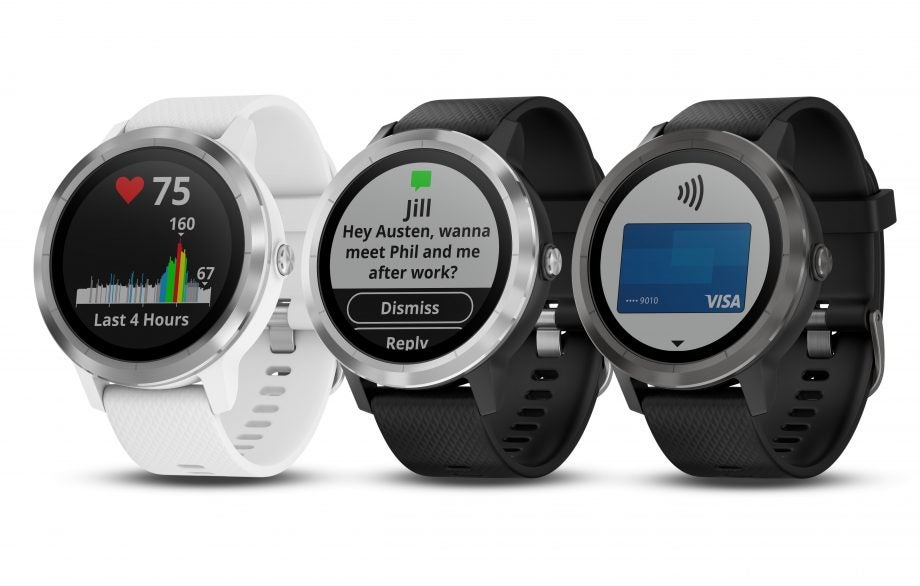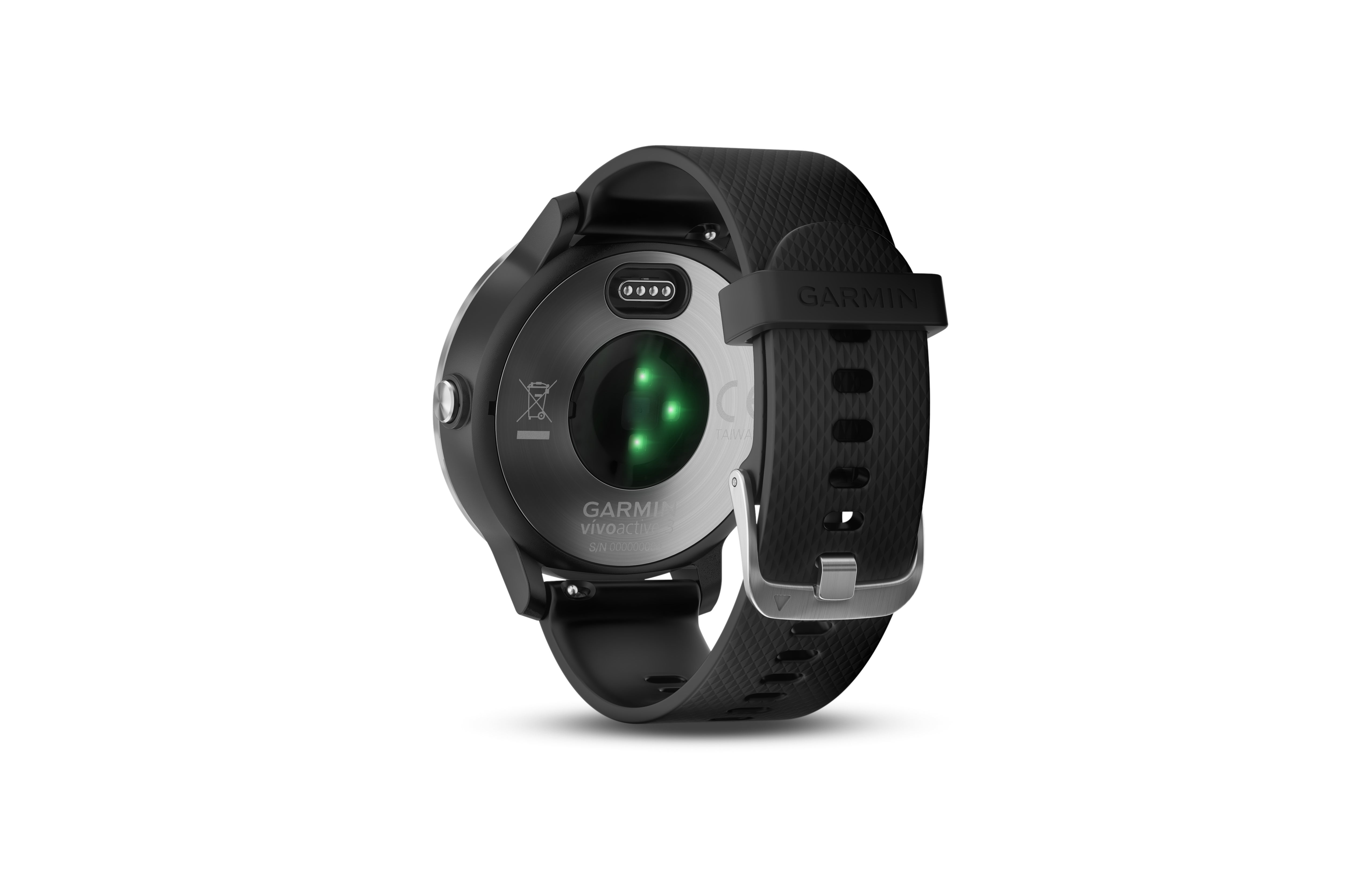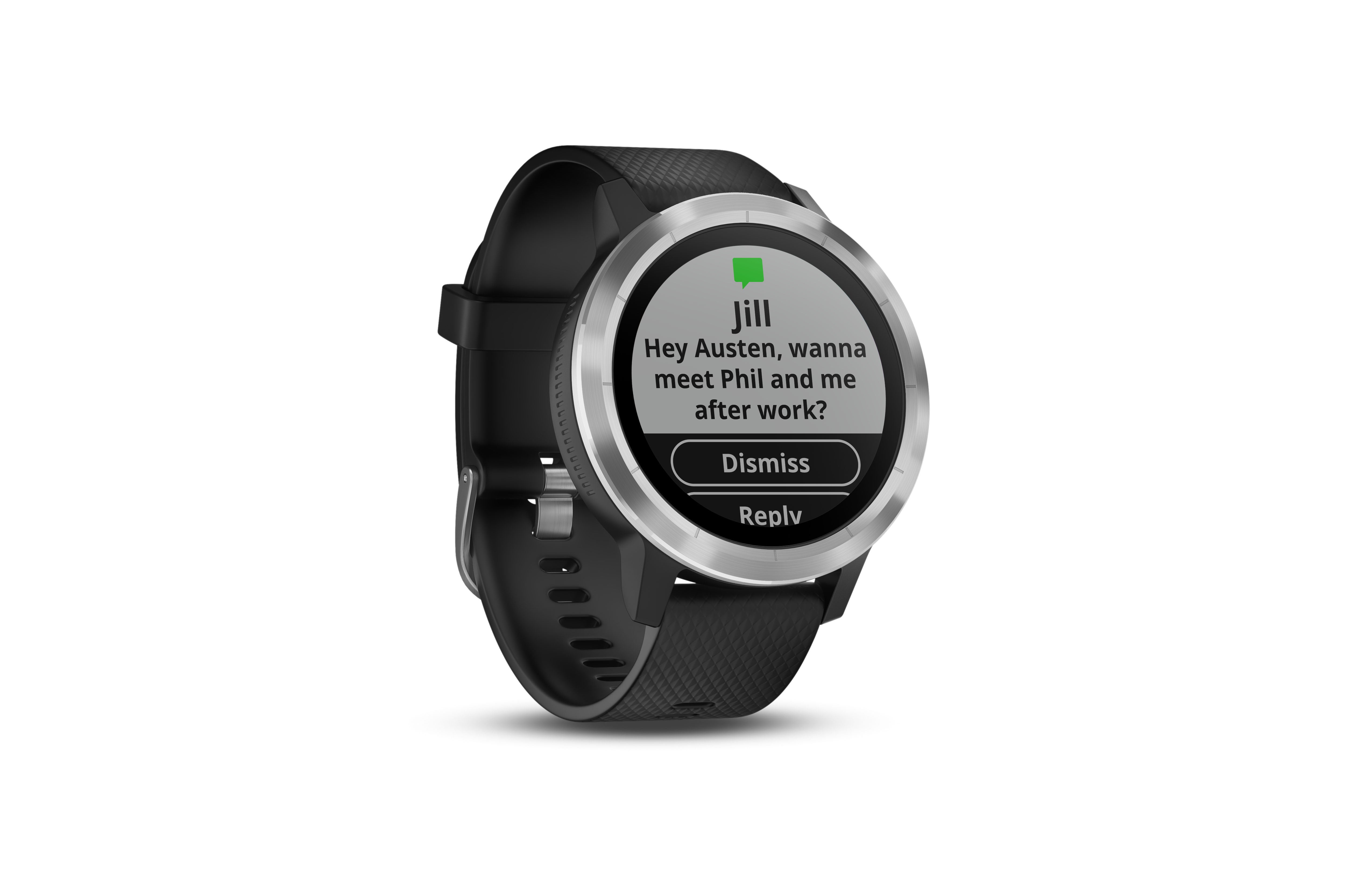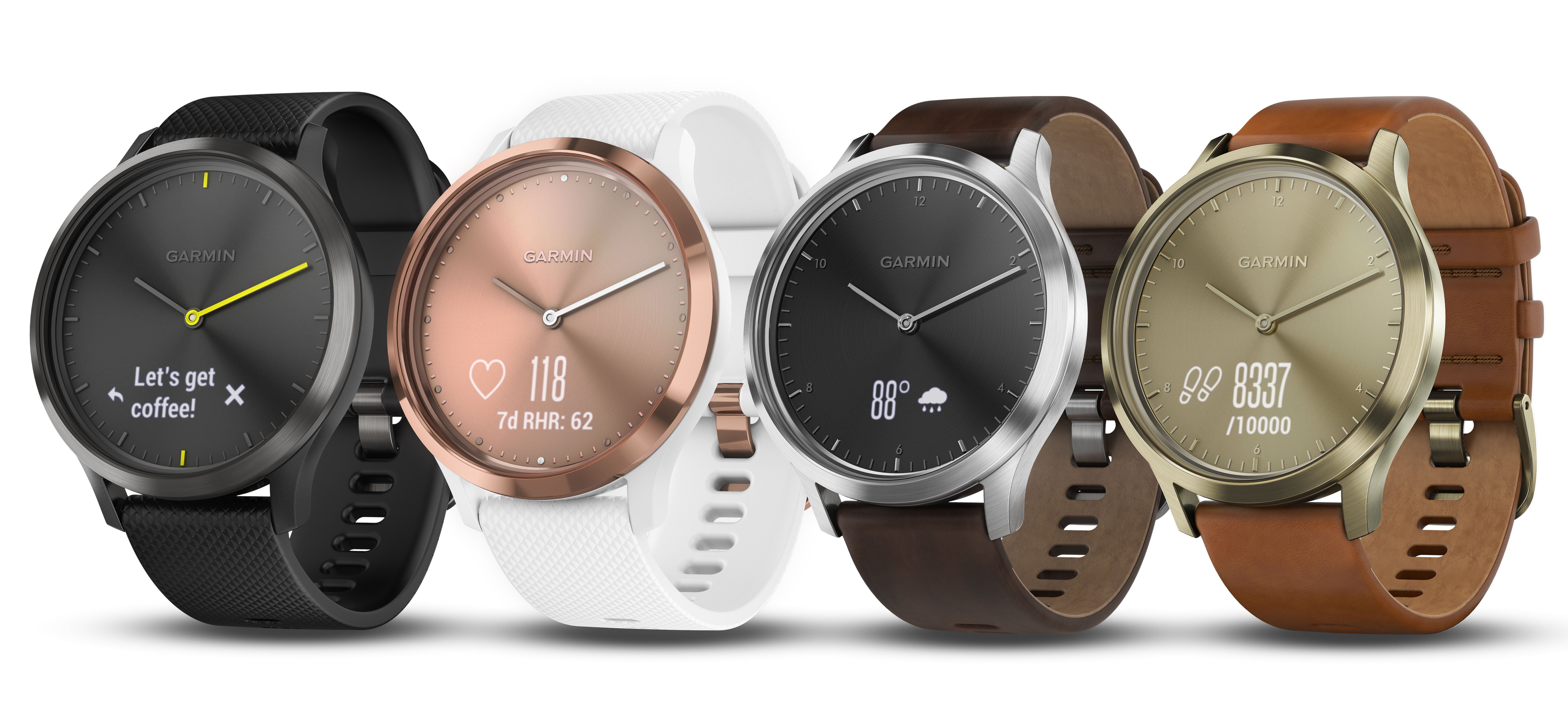Garmin Pay contactless payments on Vivoactive 3 lets you leave your wallet behind

Lately, contactless payments are the de rigueur of any fitness wearable worth their weight, and Garmin’s Vivoactive 3 follows suit.
Following hot on the footsteps of the recently announced Fitbit Ionic and Samsung Gear Sport, Garmin has just announced the Vivosmart 3 fitness smartwatch that sees the company include contactless payments for the very first time. It also apes the rather unimaginative naming convention of its competitors, labelling the new service ‘Garmin Pay’.
Related: IFA 2017
Ultimately, the convenience of having contactless payments available from your wrist is about not having to bring any form of cash or cards along with you for your next workout. Provided you’ve added your payment details to your Garmin Pay wallet, of which Visa or MasterCard are supported, you can pay for anything where contactless payments are accepted. That’s your post-workout protein shake sorted.
Related: Best running watches

The Vivoactive 3 will include all the sensors you would expect from a serious sporty smartwatch, with onboard GPS, a heart rate monitor and water-resistance. Andrew Silver, Garmin EMEA Product Manager said on the launch, “The Vivoactive 3 is perfect for anyone who is out and about being active, whether you run, swim or go to the gym you can enjoy all your activities and with built-in GPS can feel confident everything is recorded without the need of your phone.” You can also expect 15 custom indoor and outdoor sports apps.
Related: What is VO2 Max?
Other returning features of Garmin’s fitness wearables, such as the Vivosmart 3, include VO2 Max estimations, courtesy of FirstBeat’s algorithm that uses your heart rate data. This is alongside your fitness age, all-day stress levels and calories burned.

A new ‘Side Swipe’ interface sounds a lot like Samsung’s rotating bezel from its Gear range, but by the sounds of things this isn’t mechanical and is purely touch-based. Still, it’s a great way to get around having to obscure the display with your fingers. There’s also support for third-party apps alongside watch faces from the Garmin Connect IQ store, bolstering the smartwatch element of the Vivoactive 3. While app support isn’t as strong as something like watchOS or Android Wear, there are the likes of Uber and AccuWeather currently available with hopefully more in the future.
Related: Best fitness trackers
What really could be the differentiator versus the likes of the Fitbit Ionic, Samsung Gear Sport and Apple Watch 2 is the Garmin Vivoactive 3’s battery life. Garmin’s claiming a staggering 8 days in smartwatch mode, with 13 hours of continuous GPS tracking. That’s pretty incredible versus its competitors. Whether or not it comes close will need a full review. The Vivoactive 3 will start from £279.99 and will be available Q4 2017.
Garmin Vivosport and Vivomove HR

If you fancy something a little slimmer and don’t want the contactless payments and traditional watch design, Garmin has also announced the Garmin Vivosport. This includes a thin band design, GPS sensor, heart rate monitor, water resistance and 7 day battery life in smartwatch mode for £169.99.

Then there’s also the Garmin Vivomove HR, a follow up to the Garmin Vivomove. It’s now become a hybrid smartwatch with a touchscreen display. As the name implies, there’s a heart rate monitor but no GPS inside. You can expect 2 weeks of battery life in watch mode or 5 days in smartwatch mode. There’s a Sport version for £169.99 and a Premium version for £249.99 that includes a leather band and steel body.
What fitness smartwatch do you think takes the podium finish? Let us know on Twitter or Facebook.


